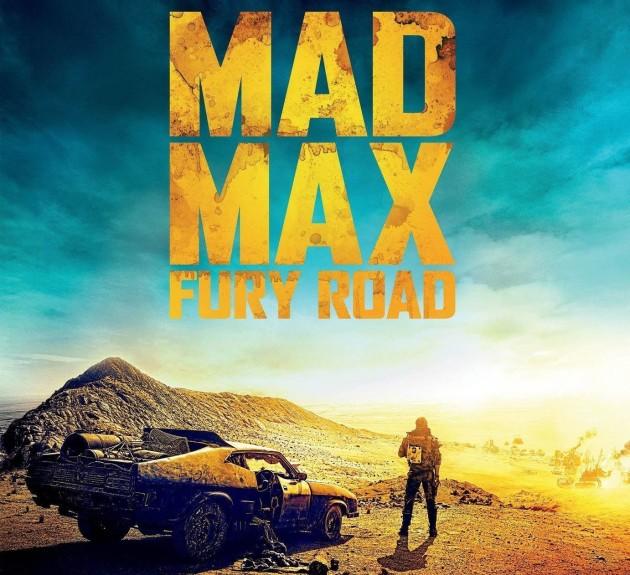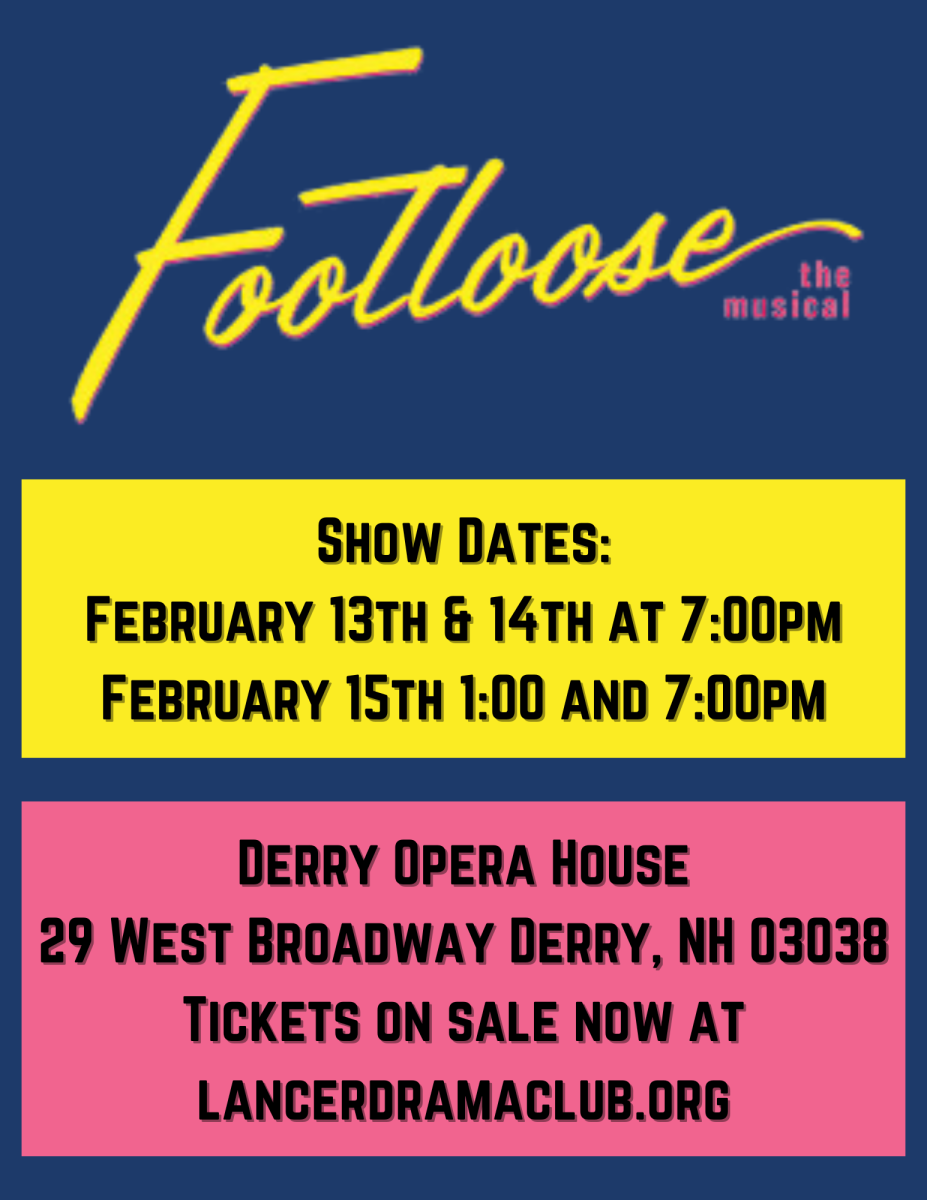Seemingly out of nowhere, George Miller’s Mad Max: Fury Road didn’t suck.
A sequel in a franchise whose most recent film came out thirty years ago, whose iconic lead was replaced by a younger actor, and has been stuck in development hell since before the turn of the millennium, has no right to be this good. The impeccable storytelling, huge cast of unique characters, and spectacularly over-the-top set pieces all come together to make a movie unlike anything else in this crowded summer movie season.
Most important to the film is how this new lead does. Tom Hardy steps into Mel Gibson’s classic role as Max Rockatansky, a rogue wanderer struggling to survive in post-apocalyptic Australia, in a way that does a great service to vintage Mel while also branding his own style on the character. He’s a big guy, and he fills Max’s dusty, heat-scorched boots with aplomb.
Fury Road finds Max thrust into a struggle between Charlize Theron’s Furiosa and Hugh Keays-Byrne’s demented cult leader Immortan Joe. Revealing any more of the surprisingly nuanced and philosophical plot would be saying too much, but rest assured Fury Road has a great deal of depth to it beyond the explosive action sequences.
With that in mind, the action is still very much the focus of the film, and is suitably stellar. Miller’s heavy reliance on practical effects stands in sharp contrast to typical CGI-heavy popcorn-movie fare, and makes every twist, turn, and high-octane chase feel that much closer. The fantastical, cobbled-together vehicles, such as Max’s signature Pursuit Special or Joe’s tank/hotrod hybrid look appropriately apocalyptic, and better yet, they’re real. It’s this attention to detail, carefully honed by Miller in the decades since the last Mad Max, that makes Fury Road so special.
The world of Fury Road is without hyperbole one of the most fully realized and fleshed-out film universes in recent memory. From the twisted cult of personality that fuels Immortan Joe’s devoted horde of followers to the way this lawless new world is explored, Fury Road boasts an endlessly compelling setting that takes multiple viewings to fully appreciate.
The sheer amount of things Fury Road gets right has the unfortunate side effect of making its flaws show more glaringly. While minimal, the CGI work that is used is fairly abysmal. It can be difficult to figure out some characters’ names, especially among Joe’s many wives. But these are petty grievances compared to the film’s high graces.
A popular critique is that the film focuses too heavily on the female cast, leaving Max a sort of sidekick to Furiosa in his own movie. The fact of the matter is that Max has never been the main character of the franchise. He’s more of a roaming, latter-day samurai figure; a folk hero who wanders the wasteland to help those in need. His own story is unimportant compared to this legacy, and Fury Road builds that legend well.
There’s a lot more to say about Fury Road. Whether or not it will be as successful in the box-office as it is critically is decidedly up in the air. But for better or worse, anything there is to be said about Fury Road can be summed up thusly: there is a character in this film whose only role is to shred on an electric guitar while strapped to a monster truck laden with amplifiers. What a film. What a lovely film.
8/10
















